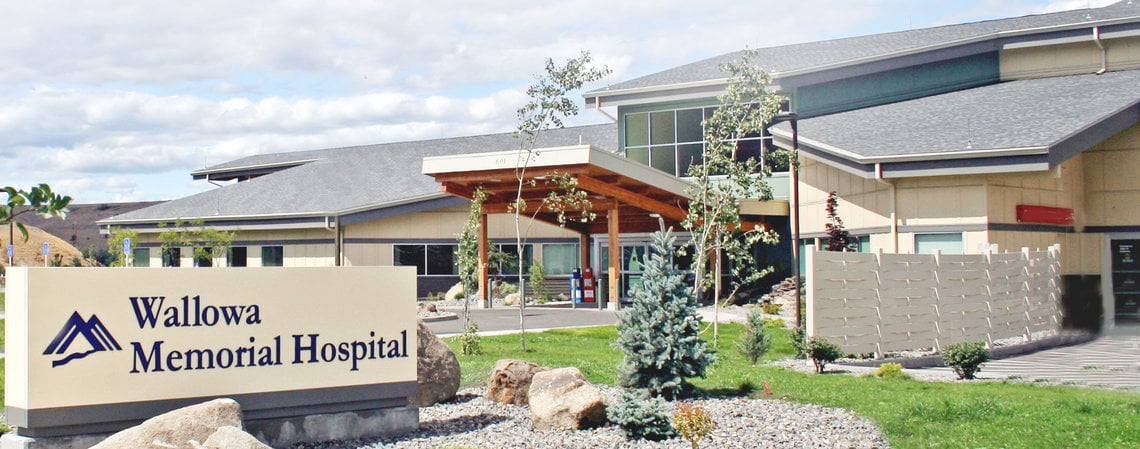Small Hospital Shows Big Thinking With Its Internal Communications

Our Customer
Wallowa Memorial Hospital
Their Industry
Healthcare
Location
Oregon, United States
Number of Employees
150
Background
Wallowa Memorial Hospital is a 25-bed, rural hospital based in Oregon, serving the local community with primary care services. Like any much larger city hospital, Wallowa’s small IT team has big responsibilities, primarily ensuring all systems and computing infrastructure operate smoothly, 24/7.
When there are planned outages, upgrades or indeed any IT-related news, keeping staff informed is vital for this team.
Key Challenges
Previously, email had been the core internal communication channel. But the hospital’s Information and Technology Services (ITS) team were increasingly concerned that staff could easily miss important alerts, particularly as most staff did not have their email application open all the time or were unable to check email regularly enough to see time-sensitive messages.
In the case of an IT outage, either scheduled or unplanned, the only other option available to the ITS team was to telephone each department and explain the situation. This was time-consuming and relied upon messages being verbally passed on.
If the message didn’t get through properly, the ITS team were likely to be inundated with support requests, distracting them from completing the upgrade (or resolving the issue urgently if it was an unexpected event).
John Straughan, Director of the hospital’s ITS team, was determined to find a better way to keep staff in the loop on important IT issues. He says: “The chosen internal communication solution had to be affordable, easy to use and suit our headcount.”
Solution
After investigating a range of employee communication tools, SnapComms Desktop Alerts and Scrolling Tickers were chosen.
The Desktop Alert displays as a pop-up message window straight onto screens (desktops and mobile). Hard-to-miss and completely customizable, an Alert can be formatted to include text, images and hyperlinks. It’s a separate channel to email, so doesn’t risk being overlooked.
Tickers (also known as newsfeeds) display as a thin window of moving text, scrolling across the bottom of screen. This short-form style is ideal for publishing updates and latest news, and for linking to more in-depth content if required.
Tools Implemented
Application
Desktop Alerts are used to notify staff of important news, such as scheduled or unscheduled downtime, specifically relating to the hospital’s electronic patient medical record system (Epic). They are purposefully high-impact, designed to get attention.
Tickers are typically used for status updates, or when the system is back online. More unobtrusive than Alerts, Tickers allow users to consume messages and updates without interrupting their workflow.
Tickers and Alerts both bypass email systems completely, appearing directly onto screens, regardless of which application is open – the perfect answer to Wallowa’s main worry.
Both notification tools display across all of the hospital’s 185 computers. Straughan says the messages target machines rather than individuals: “People in small healthcare organizations, like ours, wear many hats. They’re extremely busy, often away from their desk, and can miss an email alert. At these times, they’re likely to be at a nurse station or business office surrounded by computers, so they would easily see a SnapComms Alert.”
Having witnessed the impact these new tools have, the hospital’s HR team has also started using SnapComms tools for special announcements.
Results
“Alerting with SnapComms is much faster than calling every department or sending an email to explain an IT issue,” says Straughan.
“More users see and receive our messages quicker than ever before. We can reach those in conference room meetings and surgery staff in operating rooms; their feedback has been very positive,” he explains, reasoning that if the email system is down, then email alerting obviously wouldn’t be an option – reinforcing the need to have separate channels!
More users see and receive our messages quicker than ever before. We can reach those in conference room meetings and surgery staff in operating rooms; their feedback has been very positive.
